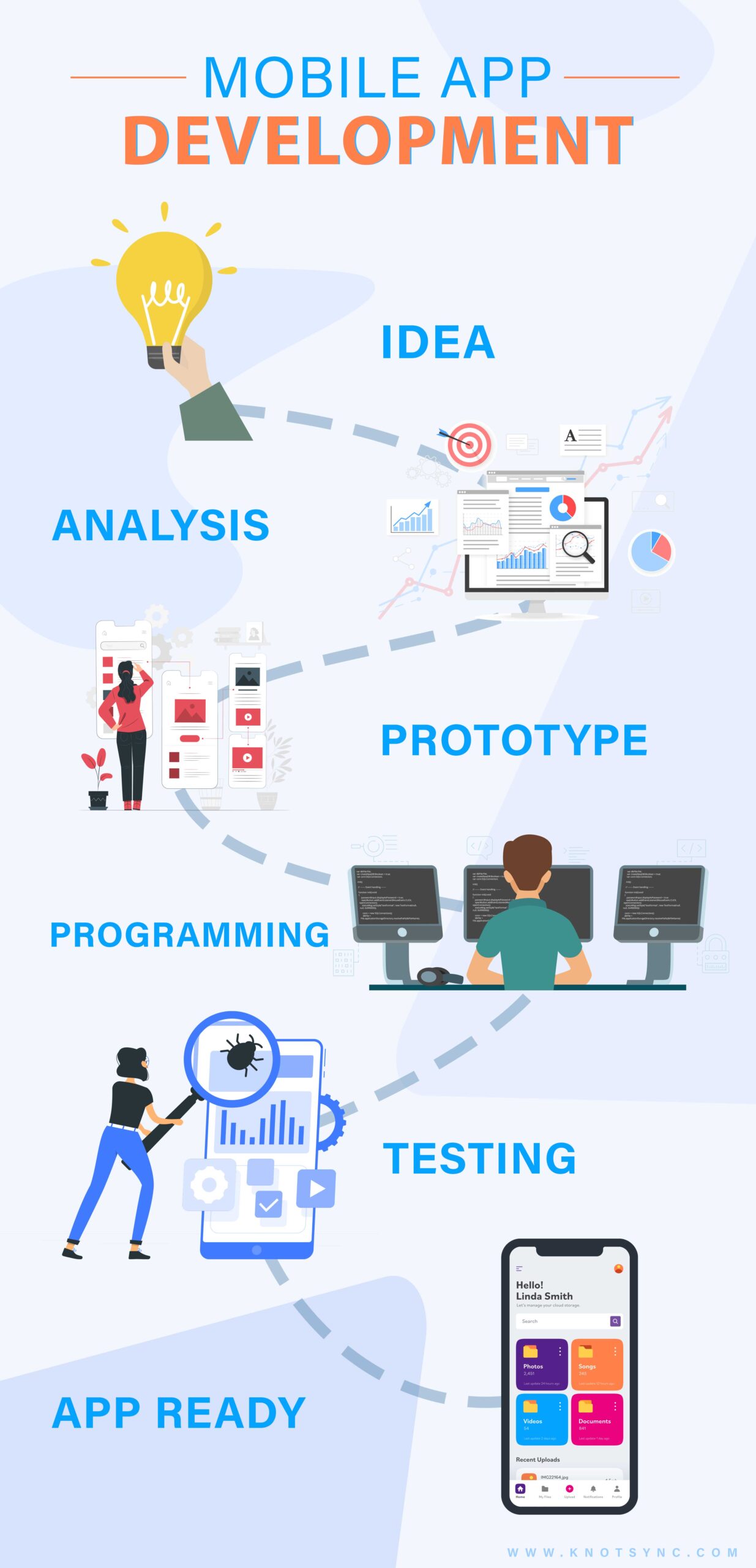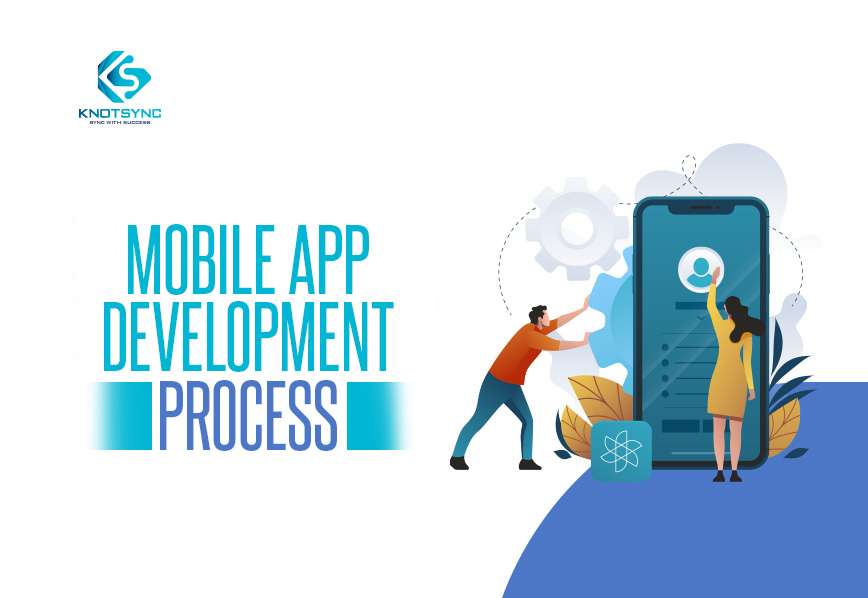Do you know that the average number of app users is increasing by 7-8% every year? Since it is the smartphone generation, there is a huge scope for mobile app developers to develop apps that could make millions of dollars. This explains why today the most in-demand software development talent is mobile app development.
The technology behind mobile applications has also evolved very quickly in recent times. Thus, the advances in mobile app development have met the ever-increasing demand of mobile apps. The developers of mobile applications use app development software and put in the extra effort to build unique apps that provide the most satisfactory experience and generate good revenue.
Developing a Mobile App
The process of creating a mobile app requires a strategy. The strategy explains the business model, data requirements, user demands, and overall idea around the mobile apps. To create such a product, you must first grasp what your end-users desire in a mobile app. Mobile apps are predicted to produce $935 billion in sales by 2023 according to statistics.
Hence, identifying the most successful apps and determining what makes them successful is a good idea to start with. The information below includes all of the most recent mobile app development trends for 2023, which you can use to attract more customers to your company. Let’s have a look at it:
Latest Mobile App Development Process to Follow in 2023

1. Always Study the Market
There are approximately 1.96 million apps available on the app store, while on the play store, there are approximately 2.87 million apps. Studying app statistics and usage trends is the first step in developing a successful app.
This will aid you in comprehending current app trends and incorporating them into your development process accordingly. It also allows you to customize the app design according to your preferences or the features that your target audience expects.
Examine all aspects of your product, including usability, flexibility, performance, supportability, viability, and scalability. These aspects can help you make decisions throughout the development process.
As a result, knowing what your target audience wants is critical, as it can help you stay relevant in a crowded market.
2. Define Your Business Model and End-User Experience
Any app development effort must start with a business model. Any combination of tools, libraries, or plugins could be used in your business model. As a result, make sure you know why you want to create an Android or iOS app for the market. Before making any final judgments, you may need to test your ideas with potential users or beta testers.
During this stage, users are tested to check that the developers meet the functional and UX requirements. A well-tested product saves time and money in the long term by avoiding costly mistakes.
3. Develop a Prototype
This phase focuses on the app’s appearance in the actual world. It all starts with mockups, which are then used to develop wireframes. Once the detailed sketches have been generated, the wireframes are then transformed into prototypes for user testing.
Wireframes serve as blueprints and determine how your app will look like to the final user. These drawings define everything from navigation buttons to content, colors, and page layouts. It’s an essential phase because it helps to define your app’s overall appearance and feel. Make sure the wireframes are detailed and allow no room for confusion.
4. Design Your Mobile App UI/UX
It’s time to convert the wireframes into a high-fidelity prototype with visual elements. Since the UI design of the mobile app is responsible for the way the app looks, the way it responds, and the way it functions, we need the application to be attractive, highly operative, and responsive.
The web & mobile application designers you choose should be highly knowledgeable and skilled. You can hire professional web designer for designing an interface from which you can select the features you want to implement in the final product.
5. Build Your Mobile App Development Team
The app’s development team must be composed of technically skilled individuals with the necessary expertise and experience in developing, coding, and testing software applications.
As the mobile app development process is a complex process and involves several people from various backgrounds, communication within the team becomes critical. You should be aware of all the new technologies and tools your mobile app development team uses. This helps you swiftly incorporate any upgrades or improvements to your apps.
6. Test and Refine
Custom mobile app development is a continuous process wherein developers add new features, work on improving existing versions of the mobile app, correct issues, and test the updated versions of the app.
You can enhance client retention and engagement by testing new updates and optimizing the speed of your app regularly. After each incremental update, it’s critical to try your app to check if it meets your expectations. Ensure that you follow your development team’s code and test their work for any mistakes during the testing.
7. Launch Your Mobile Application
After the software has been tested, it is ready to be shared with the public. The steps of the release process are pre-launch testing, launch processing, post-launch testing, and deployment.
By going through each of these phases, you can figure out how your users will react to the new version of the mobile app. In the post-launch stage, you might want to explore multiple versions of your mobile app for different markets or geographical locations.
Final Words
It is critical for business leaders and organizations to comprehend the importance of mobile applications in their companies’ growth and progress.
Using mobile apps is one of the most effective ways to expand your consumer base, improve sales, and take your company’s revenue to new heights. Mobile apps, we would say, are the future of every organization and are an essential part of key business strategies.
We hope that this blog post has clarified the mobile app development process and its stages for you.



